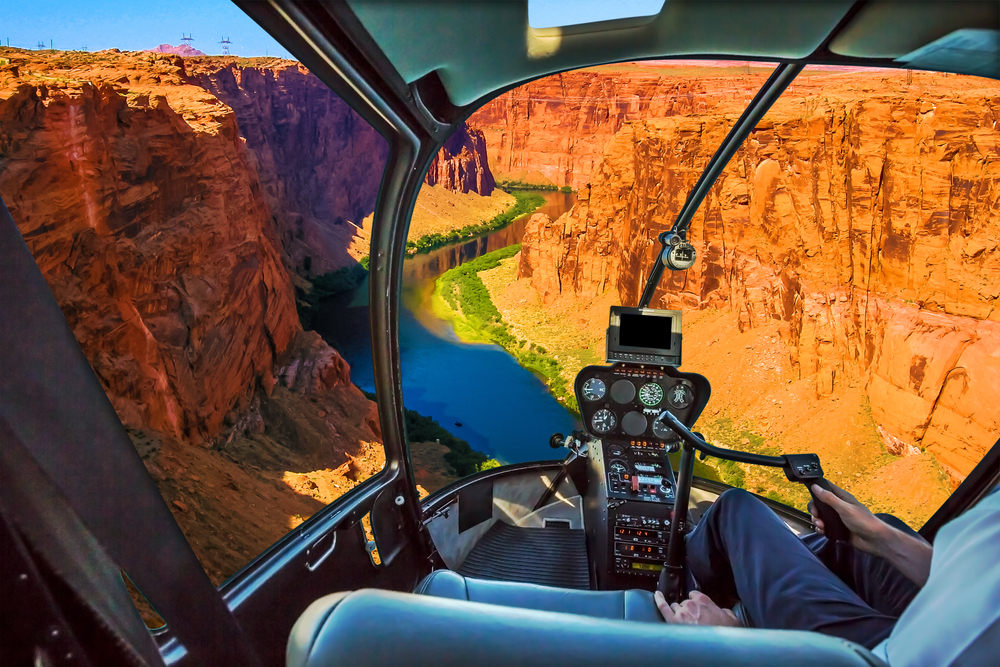Grand Canyon National Park is located in the northwestern region of Arizona, which is a southwestern part of the United States. Although the canyon stretches outside the boundaries of the park, the national park covers an area of 1,901.9 square miles (4,926 sq km).
The remainder of the canyon is protected by the Grand Canyon-Parashant National Monument, the Havasupai Indian Reservation, the Hualapai Indian Reservation, the Kaibab National Forest, and the Navajo Nation.
The Grand Canyon stretches 277 miles (446 km) long, reaching widths of up to 18 miles (29 km), and hitting depths of 6,093 feet (1,857 m). The Colorado River is the source of the river which carved out the gorge and canyon walls.
This UNESCO World Heritage Site is the second most visited national park in the United States. The canyon includes the smaller canyons created by tributaries that flow into the Colorado River from the various plateaus.
The layers of colorful rock that paint the sides of the canyon walls combined with the enormous size and depth of the canyon are what draws visitors and create some of the most stunning landscape images.
The colors of the canyon change throughout the day as the sunlight lights the canyon walls from different angles. The colors further change with the seasons of the year, with the winter months adding snow-capped ridges and rock formations adding to the already stunning landscapes.
The park features a north and south rim with the South Rim experiencing about 90% of the visitor traffic. Apart from the South Rim, the majority of the park requires the use of pack trails or backcountry roads. The area is extremely rugged and attracts some of the more adventurous travelers who want to avoid the crowds and explore the park by hiking the trails.
Wildlife of Grand Canyon National Park includes the cougar, bighorn sheep, elk, mule deer, coyote, and ring-tailed cats. While there are other birds of prey, the California condor is the largest and it is also on the IUCN endangered species list. Bald eagles are another highlight sighting.
The creepy crawly include the rattlesnakes, scorpions, black widow spiders, and canyon bats. Less creepy are the collared lizard and the Chuckwalla lizard.
Photos
Things to See
Things To Do
There are several ways to engage and explore the world’s largest canyon. You can get in the air, on the river, and on the ground in different ways. There are easily accessible lookouts which are easily reached with a drive through the park.
Grand Canyon National Park Trails
The Grand Canyon can be seen from scenic vistas that are accessible by drives along the south rim. However, more views and vistas are available for those who engage the 100 plus trails that meander along the canyon, down into it, and all around it. The trails range from easy to difficult, but most feature significant elevation gains making them moderate to difficult.
Park Protection
Grand Canyon National Park protects what is historically known as the largest canyon in the world. It also protects the surrounding habitat which is home to a variety of wildlife species. The protected area is also a UNESCO World Heritage Site and the second most visited national park in the country.
Sources
- All Trails, Grand Canyon National Park, https://www.alltrails.com/parks/us/arizona/grand-canyon-national-park, retrieved July 2020.
- Britannica, Grand Canyon, https://www.britannica.com/place/Grand-Canyon, retrieved September 2019.
- National Geographic, Everything to know about Grand Canyon National Park, https://www.nationalgeographic.com/travel/national-parks/grand-canyon-national-park/, retrieved September 2019.
- National Geographic, Complete National Parks of the United States, National Geographic Publishing, Washington DC.
- National Geographic, Guide to the National Parks of the United States, National Geographic Society, 2003.
- National Geographic, National Parks of North America, Canada-United States-Mexico, National Geographic Society, 1995.
- National Park Foundation, A Sight Beyond Words, https://www.nationalparks.org/explore-parks/grand-canyon-national-park, retrieved September 2019.
- National Park Service, Grand Canyon National Park, https://www.nps.gov/grca/index.htm, retrieved July 2019.
- Recreation. gov, Grand Canyon National Park, https://www.recreation.gov/camping/gateways/2733, retrieved September 2019.
- The Canyon, Grand Canyon National Park, https://www.thecanyon.com/grand-canyon-national-park, retrieved September 2019.
- UNESCO, Grand Canyon National Park, http://whc.unesco.org/en/list/75, retrieved September 2019.
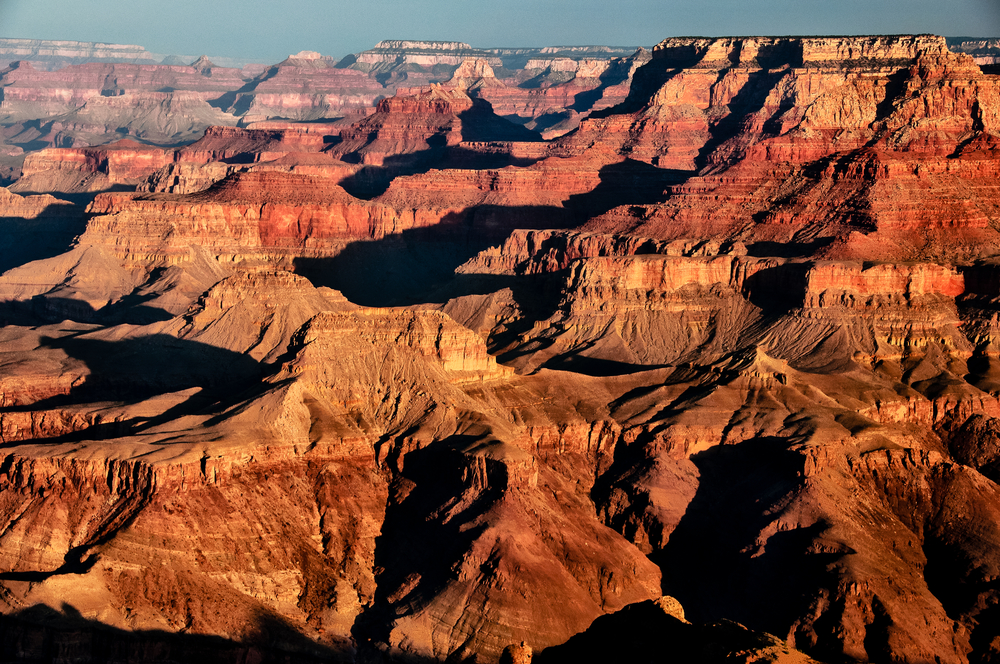


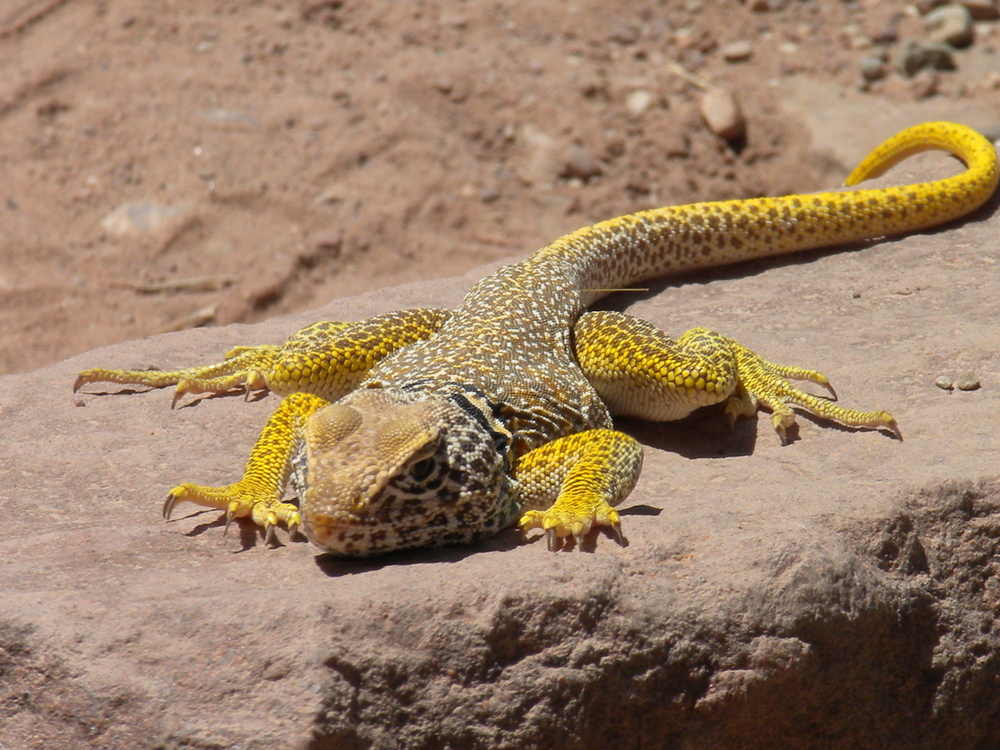
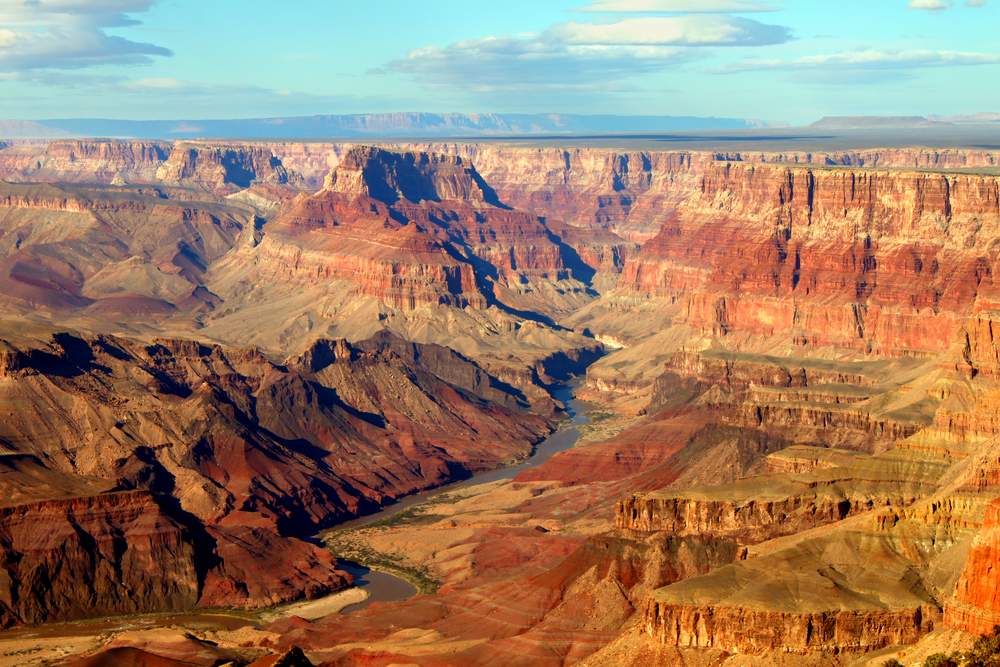
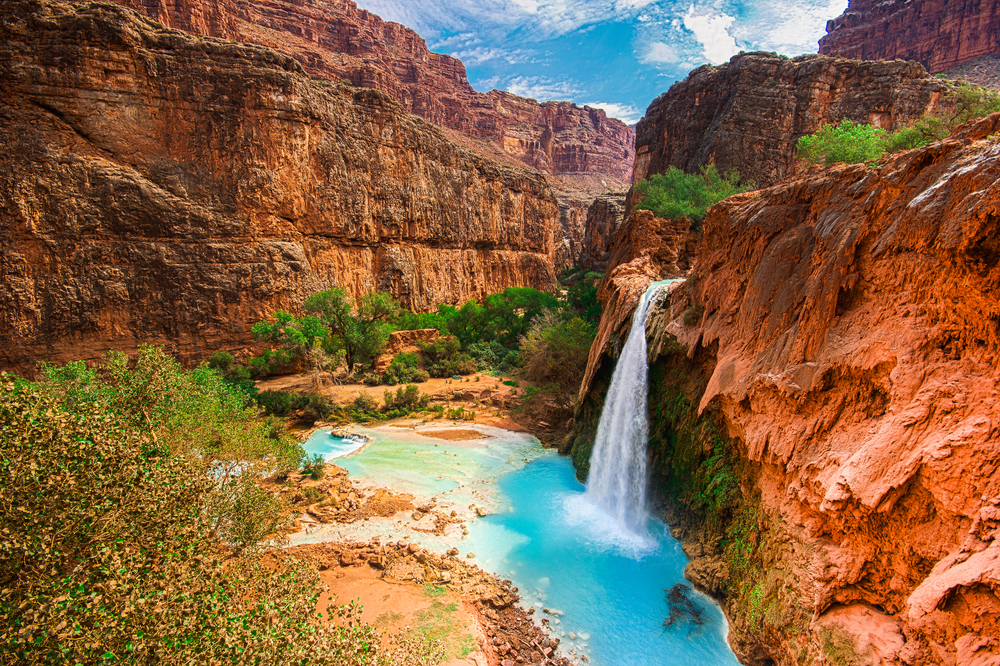
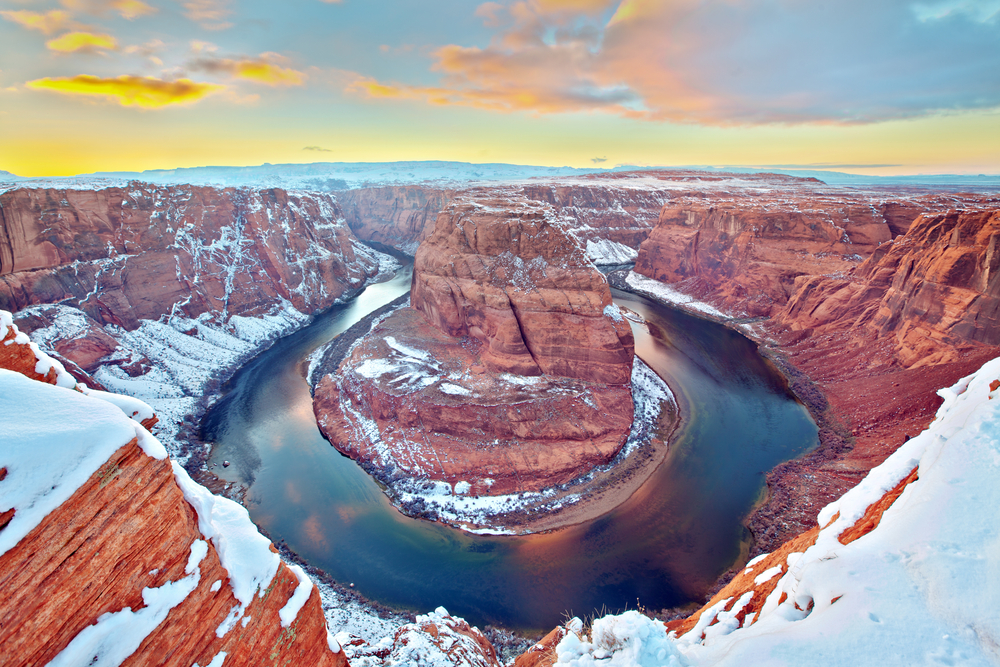

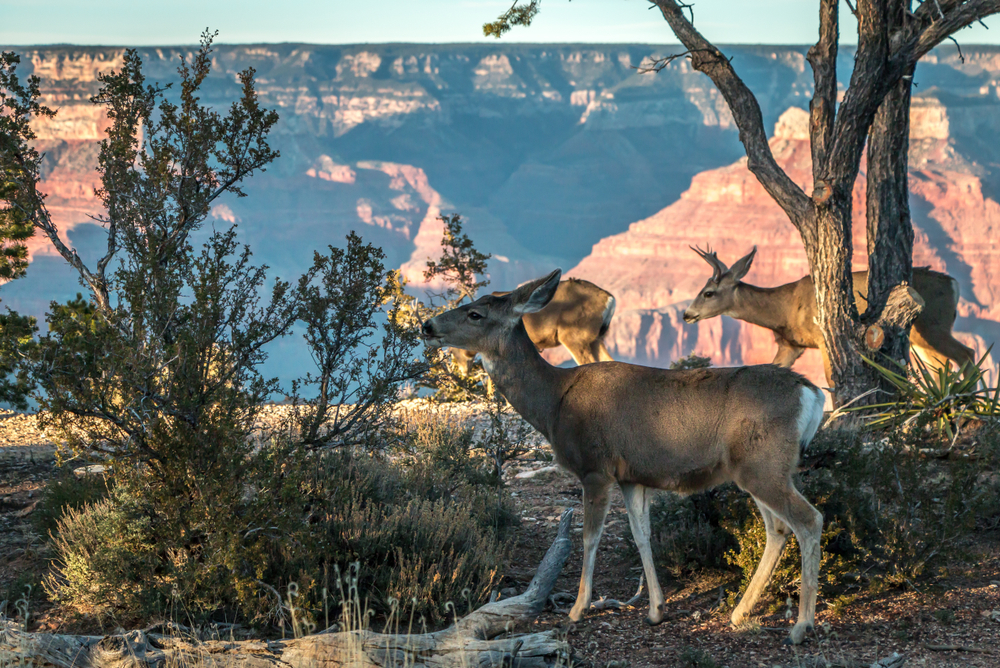
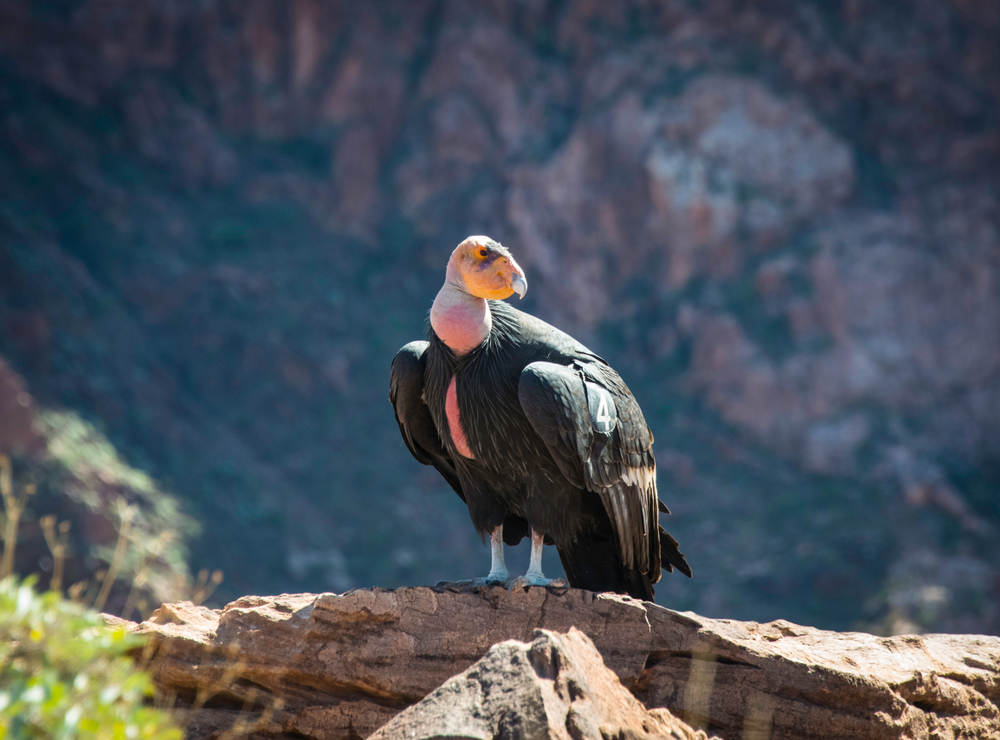
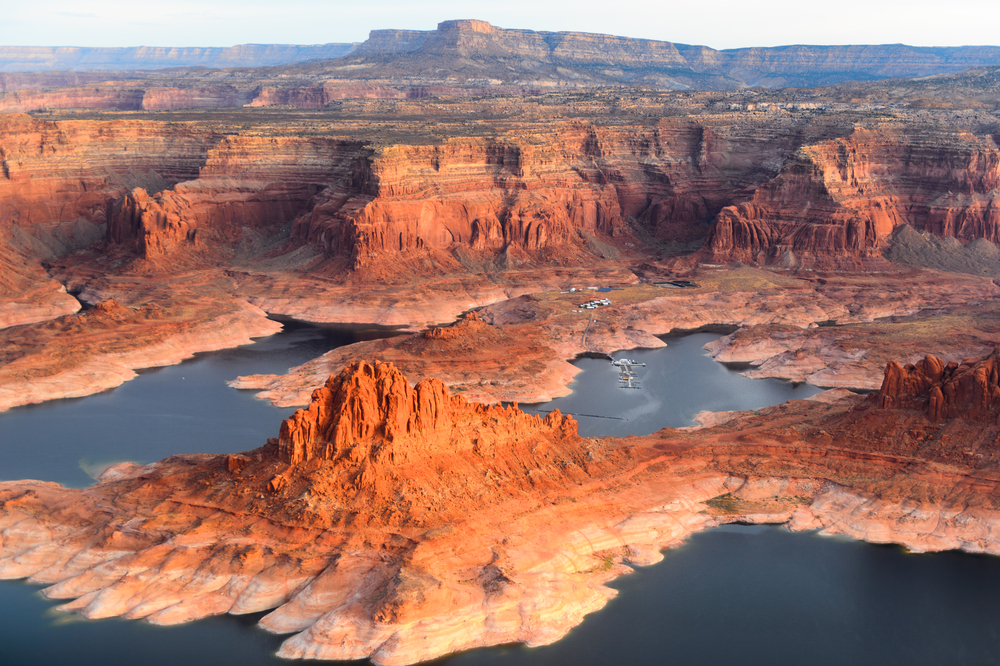
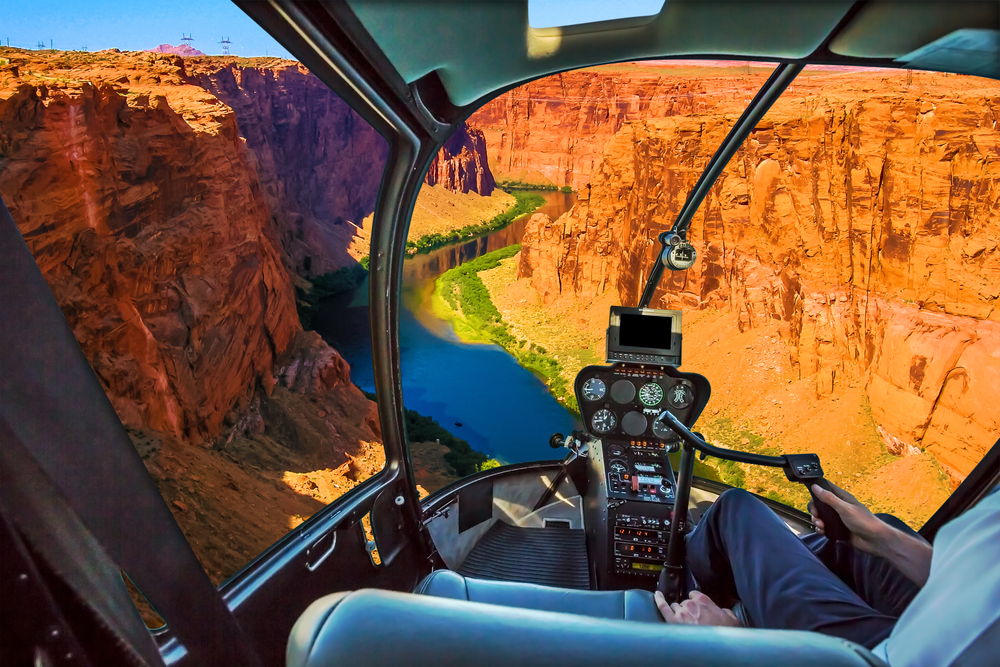
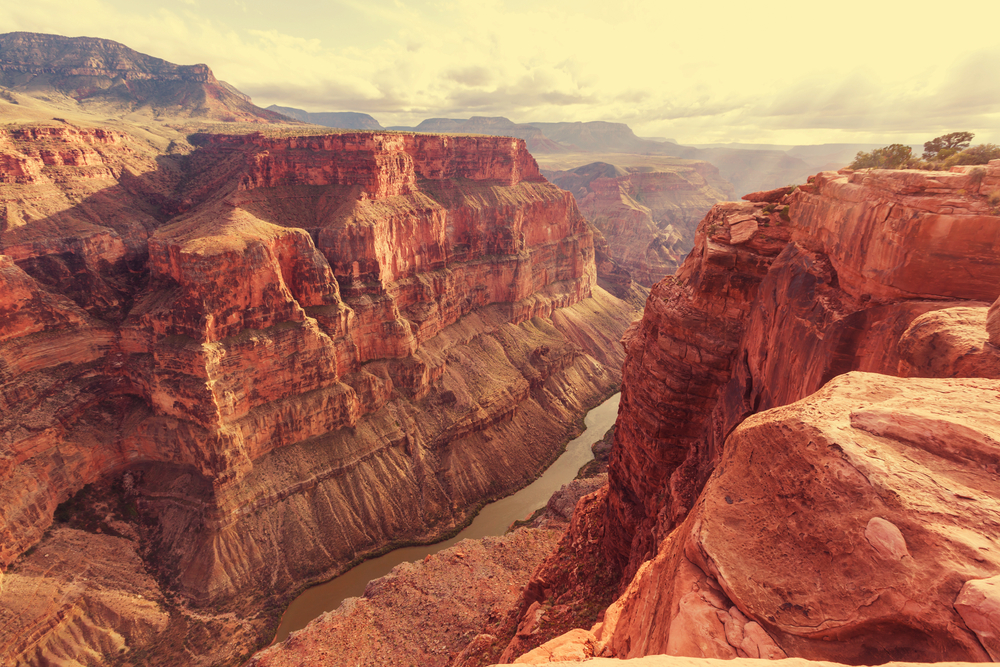
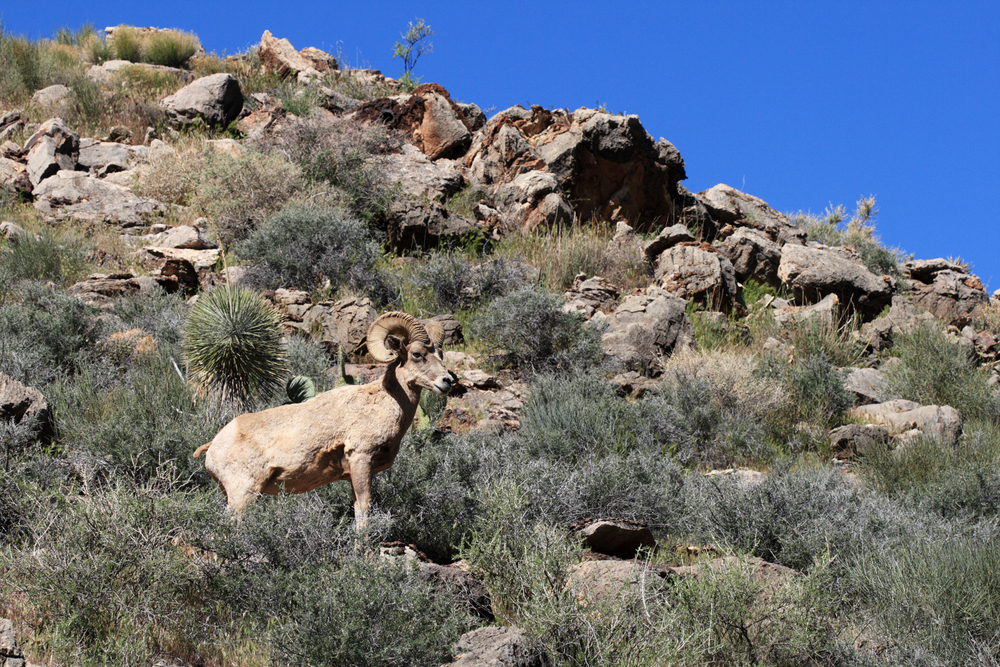
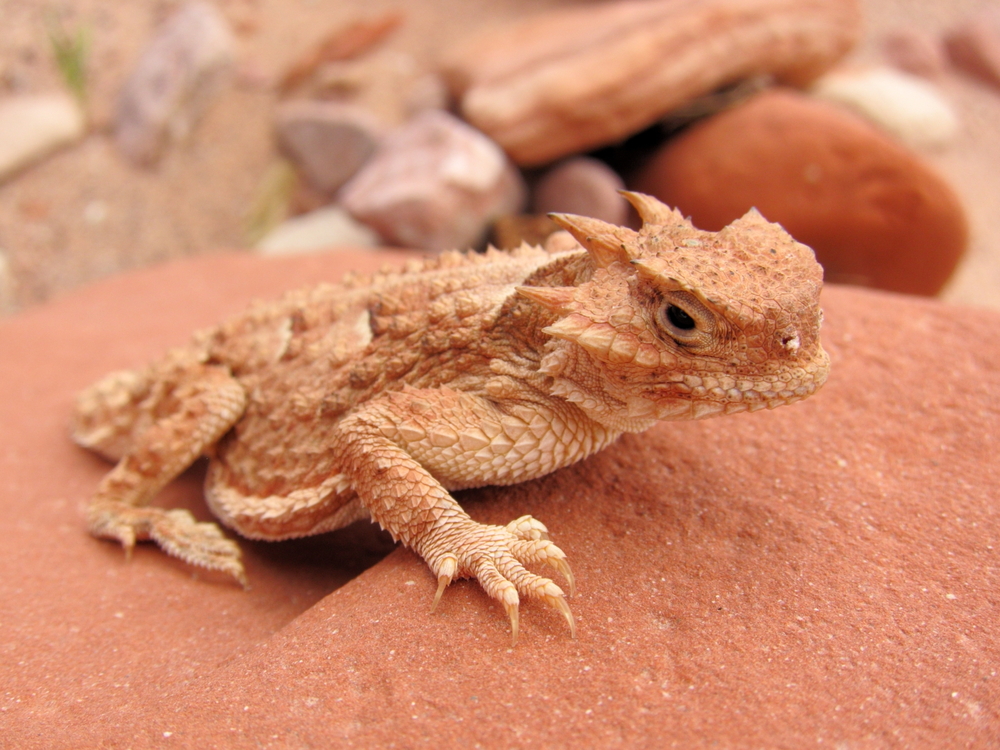

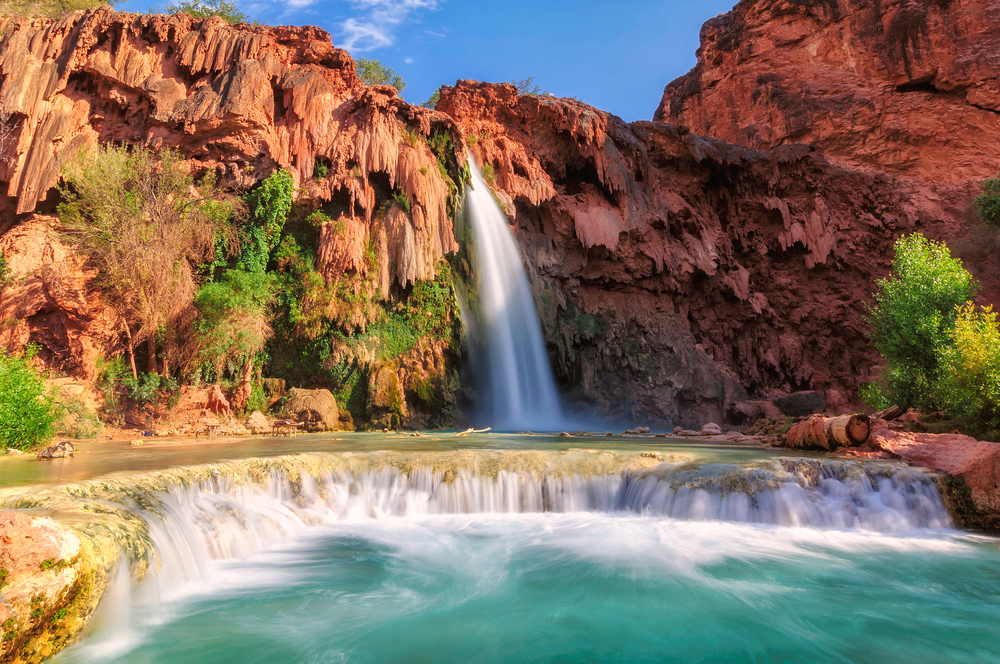
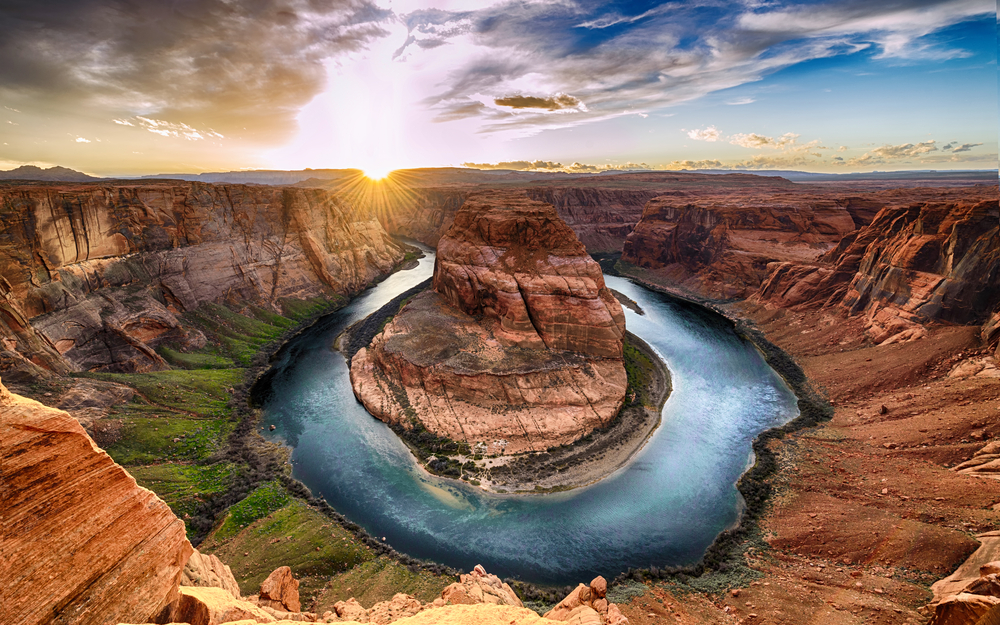
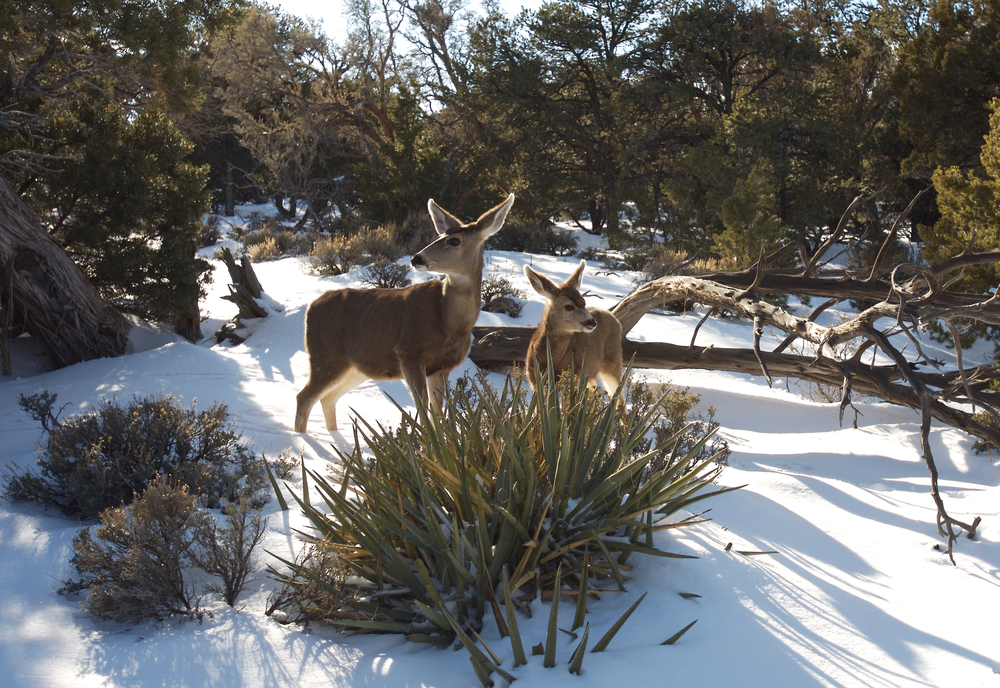

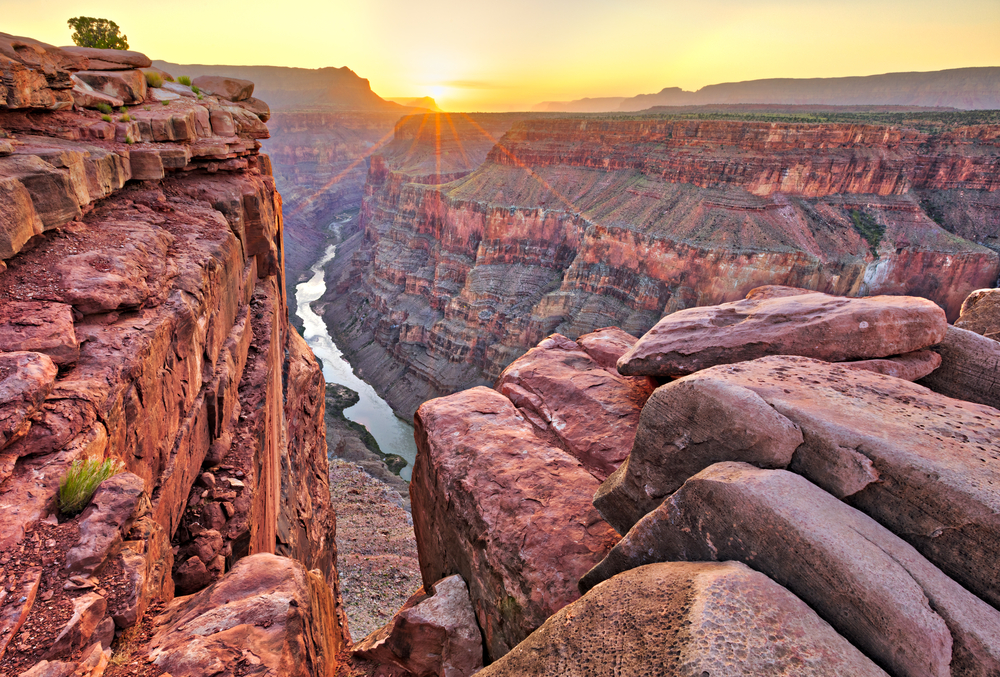
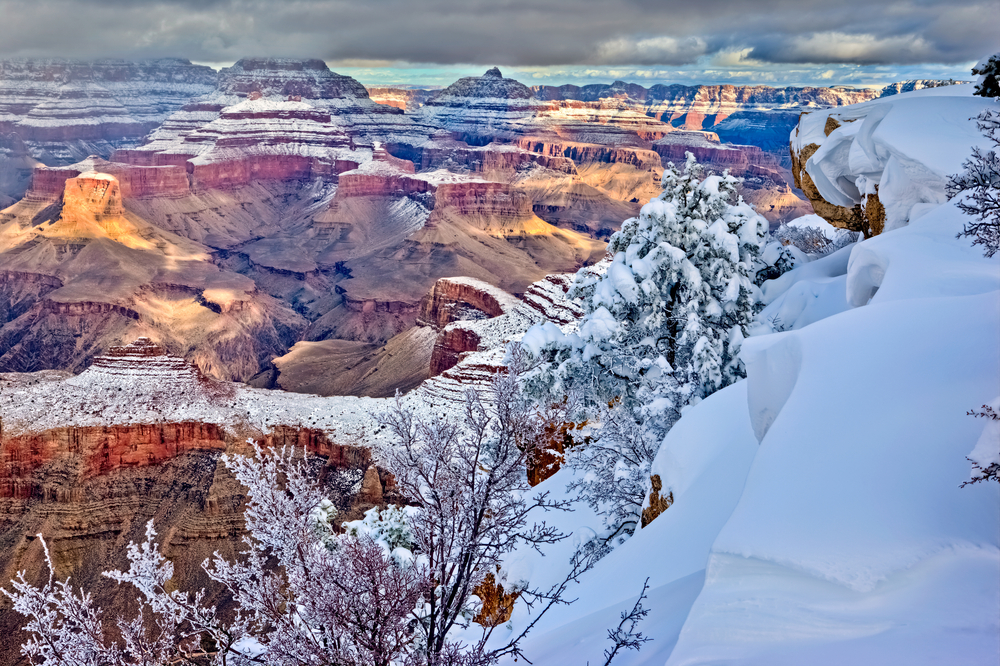
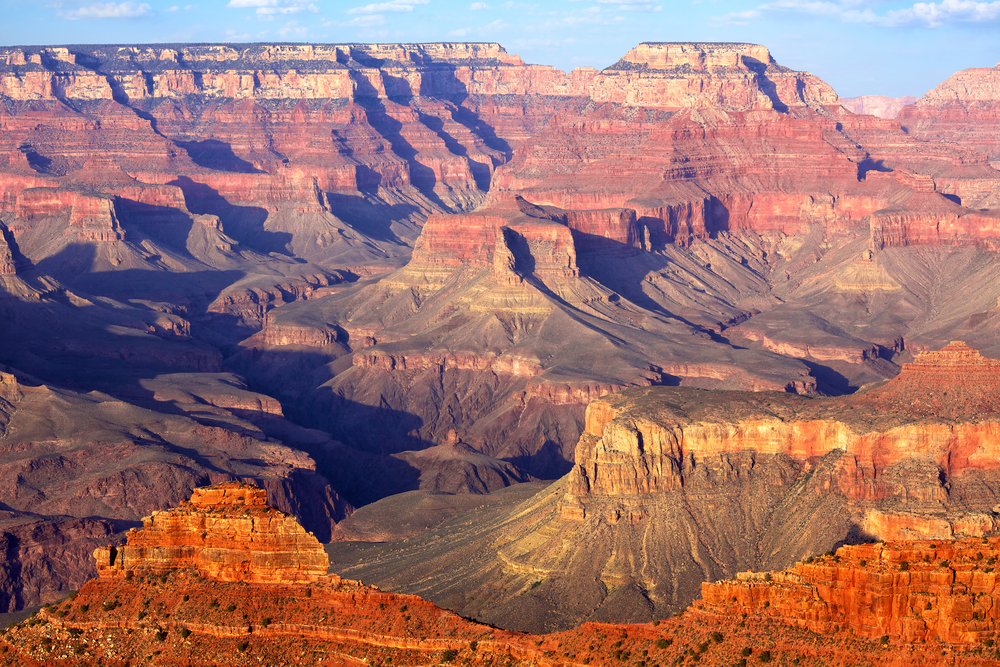
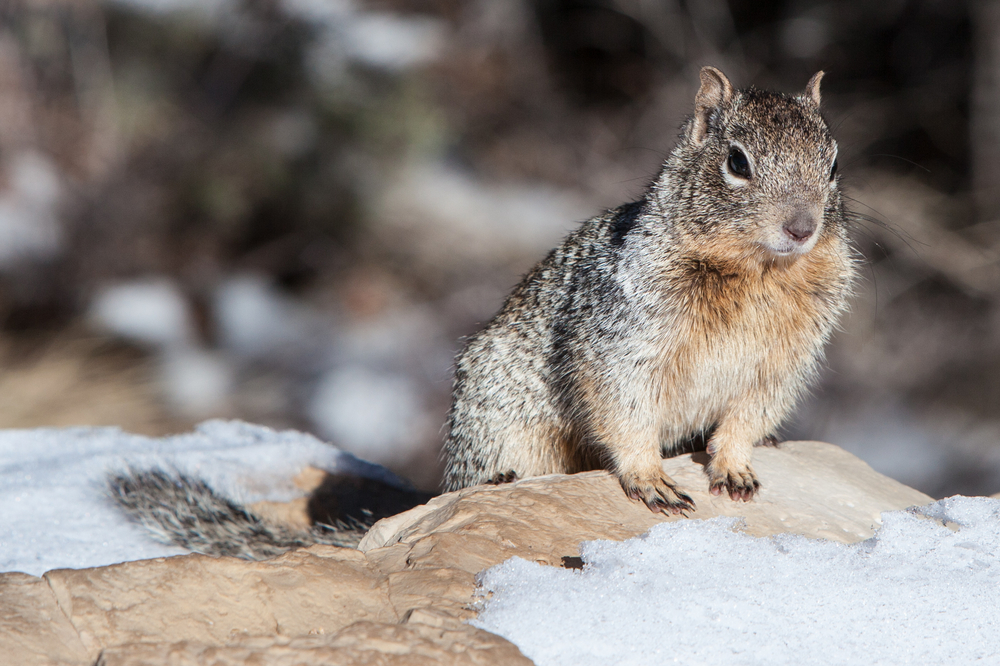
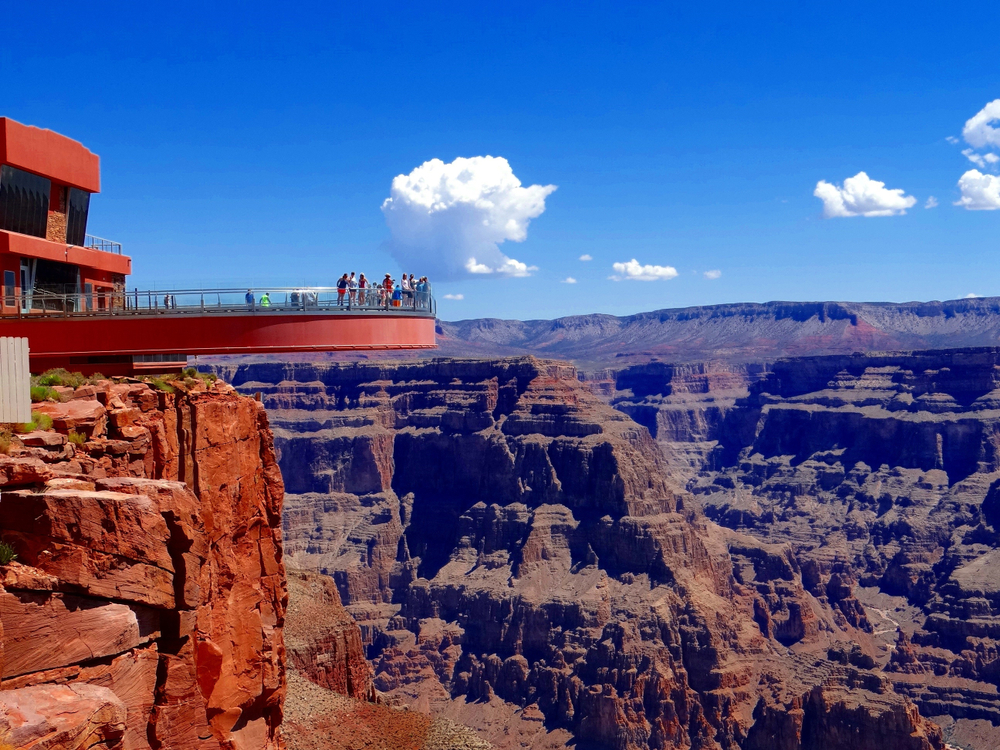
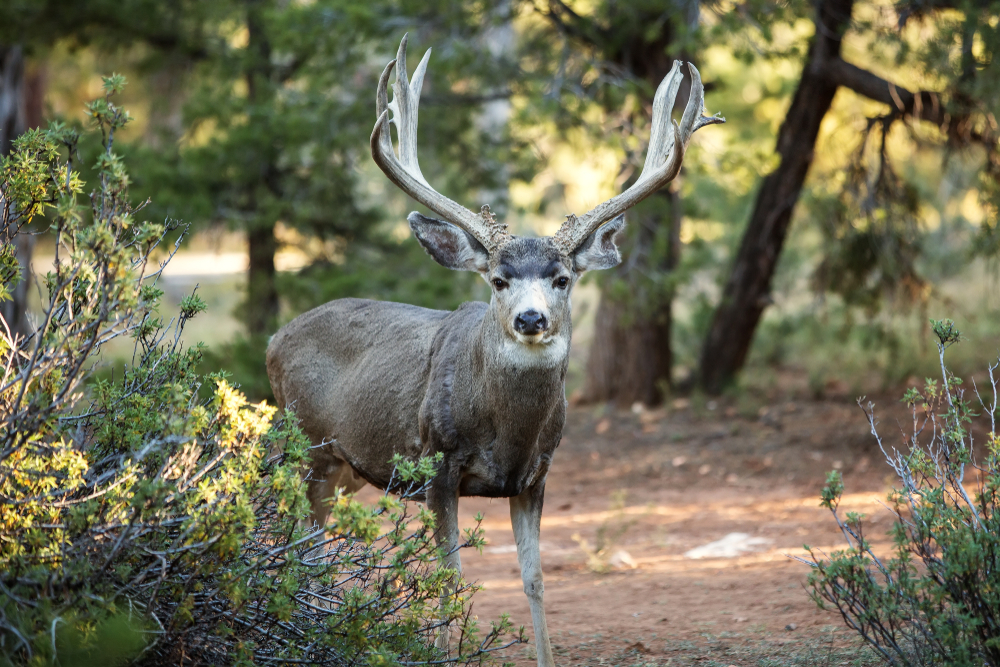
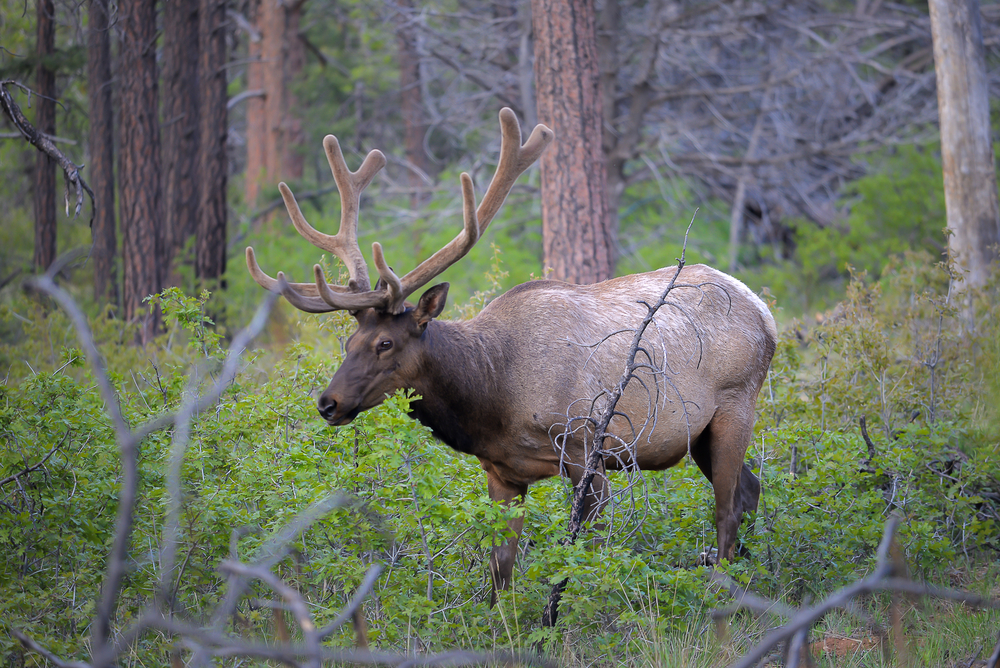
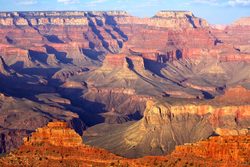 The Grand Canyon is both the pinnacle feature of the national park and one of the pinnacle tourist attractions of the United States. It is the second most visited national park.
The Grand Canyon is both the pinnacle feature of the national park and one of the pinnacle tourist attractions of the United States. It is the second most visited national park.